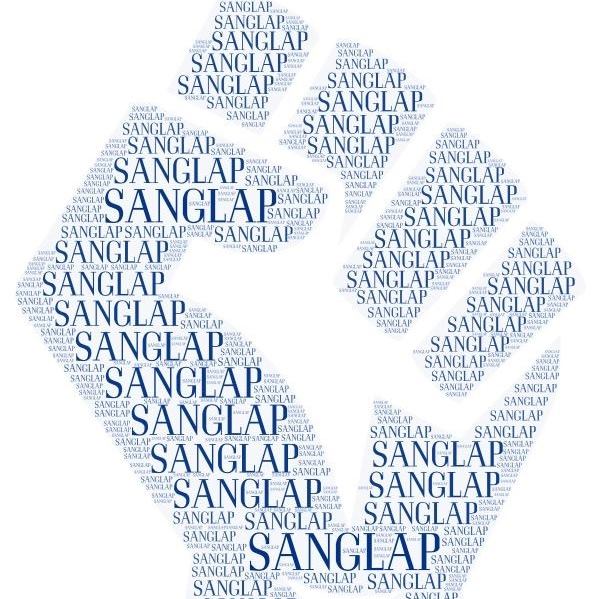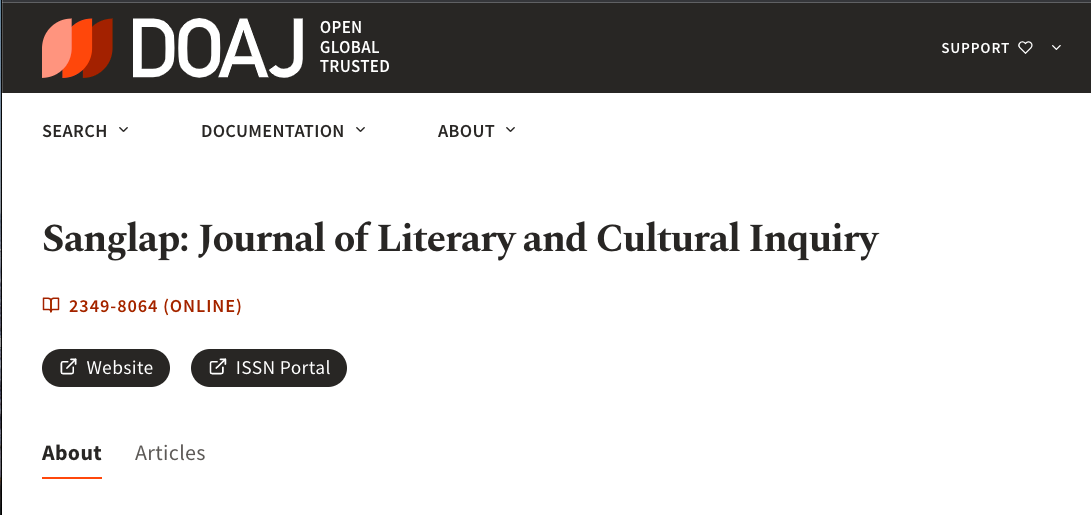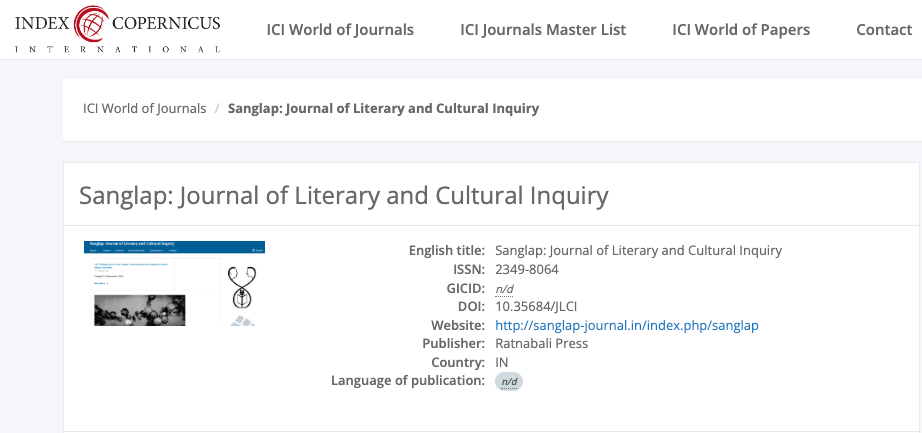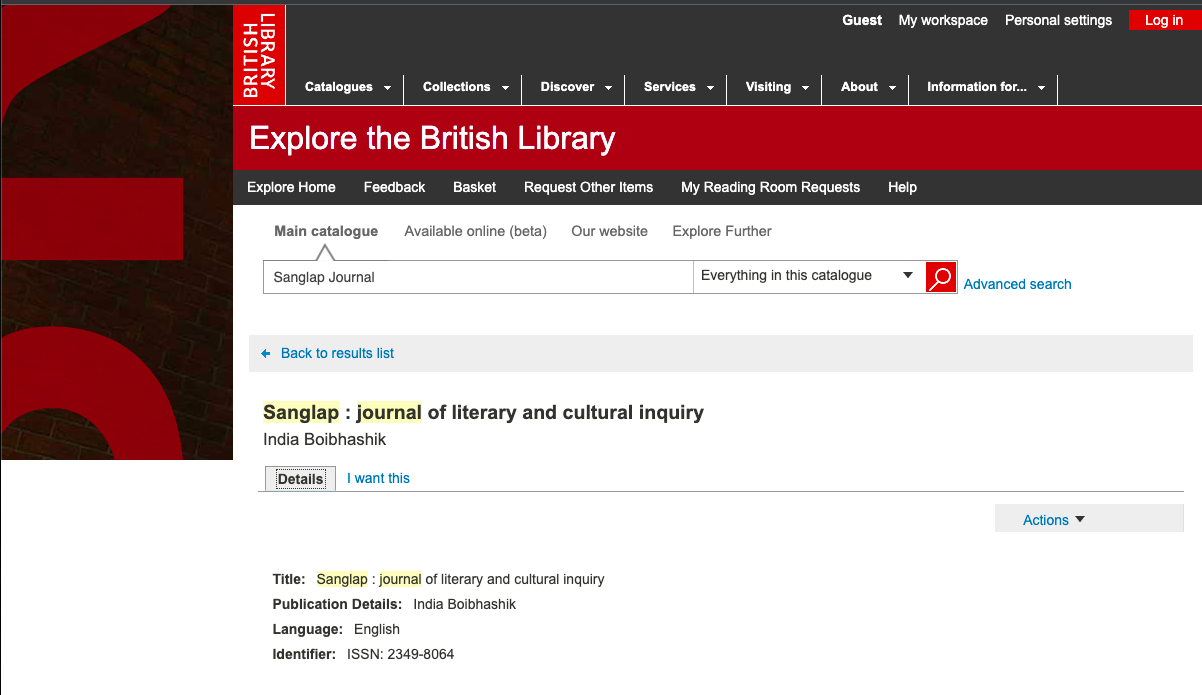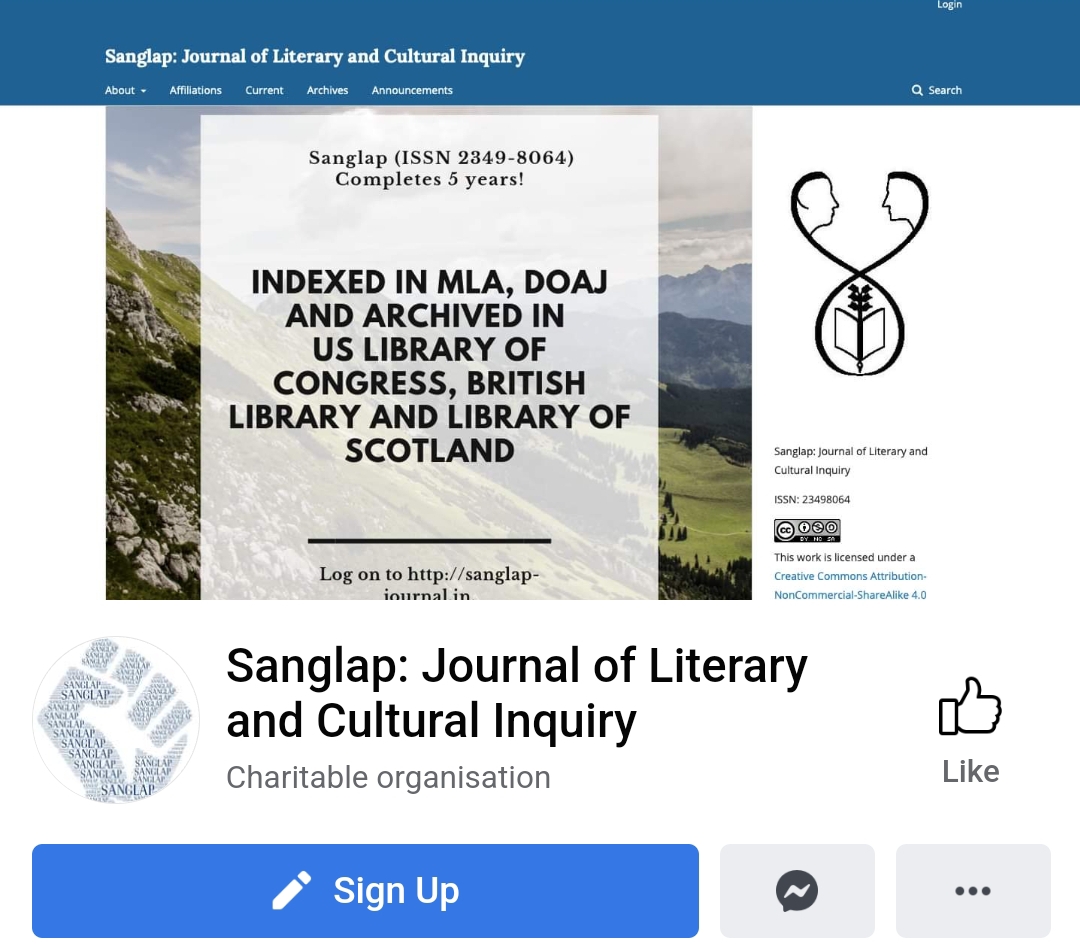A Home at the End of the World
Eritrean and Sudanese Asylum Seekers in Tel Aviv, Israel
Keywords:
Tel Aviv, Eritrea, Sudan, asylum seekers, infiltrationAbstract
This paper explores the ways in which national culture intersects with urban environs to produce multinational subjectivity. Specifically, this paper shows the activity of Eritrean and Sudanese asylum seekers in Tel Aviv, Israel, as particularly generative of the life world building of Southern Tel Aviv (known as Little Africa). Juxtaposing these spaces of urban life, this paper also looks at the Holot Detention Facility as a space of life as well, situating the asylum seeker along various, migratory paths towards citizenship. With the near-total recreation of African life, this paper examines the Neve Sha’anan neighborhood as supportive of the LGBT and migrant communities, evidencing the flourishing of national culture outside of traditional boundaries. Particularly, this paper looks at “The Prevention of Infiltration Law” to discuss ideas of “infiltrators” using frameworks from Foucault, Merleau-Ponty, Levinas, Jean-Luc Nancy and Achille Mbembe. Examining ideas of space, place, ethics, embodiment, law, the body, street art, border fences, architecture, and minimalism, this paper juxtaposes BLM (Black Lives Matter) and BDS (Boycott, Divestment, Sanctions) from a transnational perspective of world-building, asking the question of where can one call a place, home.

